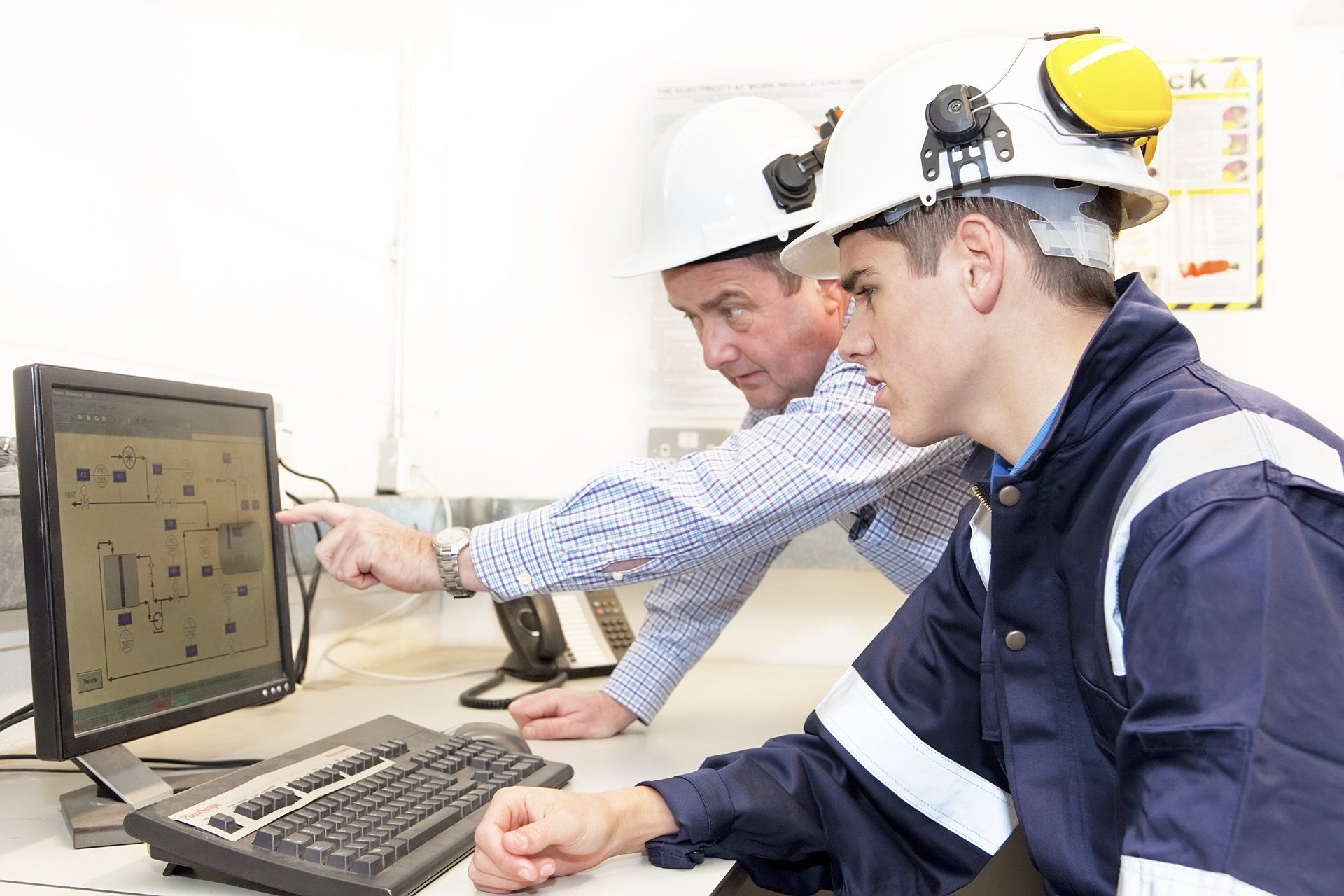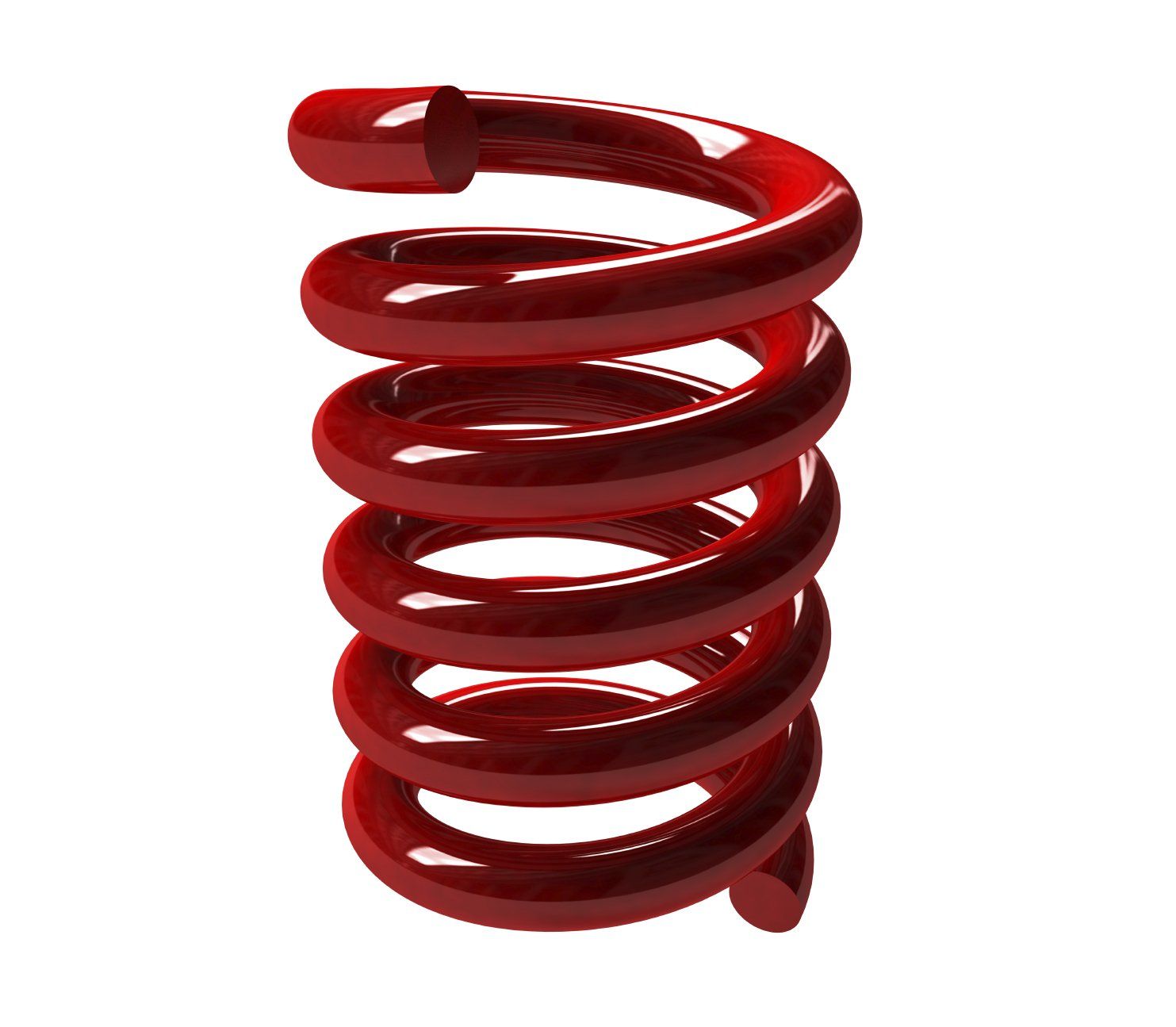Sicurezza Macchine

Ensuring machine safety is the responsibility of the manufacturer, however, the "user" employer and the individuals involved in the company risk assessment may be held liable in the event of an accident caused by machinery that does not comply with the product directive. Furthermore, in companies, machines are often modified or incorporated into "production" lines that must collectively ensure worker safety. These interventions may invalidate the manufacturer's certification or, in the case of line composition, may require further assessments. The course aims to examine the essential health and safety requirements set forth in the Machinery Directive 2006/42/EC and the main reference standards, providing guidance on how to resolve frequently occurring issues within companies that require adaptation measures or new assessment processes. Instructors The course "Machinery Safety: Fundamental Concepts, Risk Analysis, and Reference Standards (Basic Module)" features the contribution of specialized professionals capable of offering participants both theoretical and practical teaching elements. The instructors are safety experts, qualified as trainers pursuant to Ministerial Decree 6/3/2013, with experience in the field of machinery safety.

Recipients
Il corso “Sicurezza delle Macchine: concetti fondamentali, analisi del Rischio e Norme di riferimento (Modulo Base)” è rivolto a chiunque intenda acquisire le conoscenze fondamentali sulla sicurezza delle macchine, sulla analisi e valutazione del rischio e sulla individuazione e scelta delle misure di sicurezza, quindi agli RSPP/ASPP, Datori di Lavoro, Dirigenti, Progettisti, Consulenti sulla Sicurezza.

Plan
- Fundamental concepts of the Machinery Directive 2006/42/EC - The European Guide to the application of the Machinery Directive 2006/42/EC - Essential health and safety requirements (Annex I of Directive 2006/42/EC) - Types of standards (A, B1, B2, C) - Definition of machinery and partly completed machinery - What to do with “old” machinery? Verification of conformity with Annex V of Legislative Decree 81/08 or CE marking according to the Machinery Directive? - What to do with “new” CE non-compliant machinery? - Definition of a set of machinery: the declaration of conformity of a line - Risk analysis and assessment according to the UNI EN ISO 12100 standard and the technical report UNI ISO/TR 14121-2 - Documents that must be provided to the end user: declaration of conformity

Teaching methodology
The course "Machinery Safety: Fundamental Concepts, Risk Analysis, and Reference Standards (Basic Module)" is conducted using a highly interactive method to engage participants, spark their interest, and encourage discussion of practical cases from their experience and those found in real-world companies.

Documentation
The documentation used by instructors during the course "Machinery Safety: Fundamental Concepts, Risk Analysis, and Reference Standards (Basic Module)", useful for further study of the topics covered, will be provided to participants in digital format.

Basic notions of workplace safety

Machinery Safety: Risk Analysis and Reference Standards (Basic and Advanced Modules)
Although machinery safety is the responsibility of the manufacturer, the employer who provides the machinery to workers and other parties involved in the risk assessment may be liable for injuries caused by machinery that does not comply with the product directive. Machinery is frequently modified within companies or incorporated into production lines that, as a whole, must ensure worker safety. These modifications, often designed and engineered directly by the "user" company, may invalidate the manufacturer's certification of conformity or, in the case of assembly of production lines, may require further assessments. The course aims to delve deeper into machinery safety, not only by examining the essential health and safety requirements set forth in the Machinery Directive 2006/42/EC, but also by examining the relevant technical standards regarding the characteristics of the safety (and other) systems that must be installed on machinery. This course provides practical guidance on assessing machinery conformity and how to resolve the frequently encountered issues that require adaptation or certification. Instructors: The course "Machinery Safety: Risk Analysis and Reference Standards (Basic Advanced Module)" features specialized professionals who can provide participants with both theoretical and practical teaching elements. The instructors are safety experts, qualified as trainers pursuant to Ministerial Decree 6/3/2013, with experience in machinery safety and the relevant technical regulations on machinery safety.

Recipients
The course "Machinery Safety: Risk Analysis and Reference Standards (Basic Advanced Module)" is intended for anyone wishing to acquire knowledge of machinery safety, risk analysis and assessment, and the identification and selection of safety measures. This includes RSPP/ASPP, employers, managers, designers, and safety consultants. The advanced module will cover and explore the reference standards relating to the characteristics of safety systems (and other features) that must be present and installed on machinery, enabling an assessment of the machine's compliance.

Plan
- Concetti fondamentali della Direttiva Macchine 2006/42/CE

Teaching methodology
Il corso “Sicurezza delle Macchine: analisi del Rischio e Norme di riferimento (Modulo Base + Avanzato)” è svolto con metodo altamente interattivo, in modo da coinvolgere i partecipanti, sollecitarne l’interesse, favorire la discussione su casi pratici provenienti dalla loro esperienza e riscontrabili nelle realtà aziendali.

Documentation
La documentazione utilizzata dai docenti durante il Corso “Sicurezza delle Macchine: analisi del Rischio e Norme di riferimento (Modulo Base + Avanzato)”, utile all’approfondimento degli argomenti affrontati, sarà fornita ai partecipanti in formato digitale.

Basic notions of workplace safety
WORK WITH MACHINES

MACHINES IN OPERATION: safety procedures for using machines and verification of compliance with risk analysis and reference standards (basic and advanced modules)
Benché la sicurezza delle macchine sia demandata al costruttore, le macchine /attrezzature di lavoro vengono inserite in un contesto lavorativo in costante evoluzione.....saranno sempre conformi ai fini della sicurezza?

Recipients
The course "WORK WITH MACHINES: Safety Procedures and Analysis of the Use and Maintenance Manual (Basic Advanced Module)" is intended for anyone wishing to acquire specific knowledge of machine safety. The advanced module will cover and explore the relevant standards regarding the characteristics of safety systems (and other features) that must be present and installed on machines, allowing for an assessment of their integrity.

Plan
- Concetti fondamentali della Direttiva Macchine 2006/42/CE e regolamento macchine 1230/23

Teaching methodology
The “WORK WITH MACHINES: (Basic Advanced Module)” course is conducted using a highly interactive method, so as to engage participants, stimulate their interest, and encourage discussion of practical cases from their experience and which can be found in business realities.

Documentation
The documentation used by the teachers during the “WORK WITH MACHINES (Basic Advanced Module)” course, useful for further study of the topics covered, will be provided to participants in digital format.

Basic notions of workplace safety








